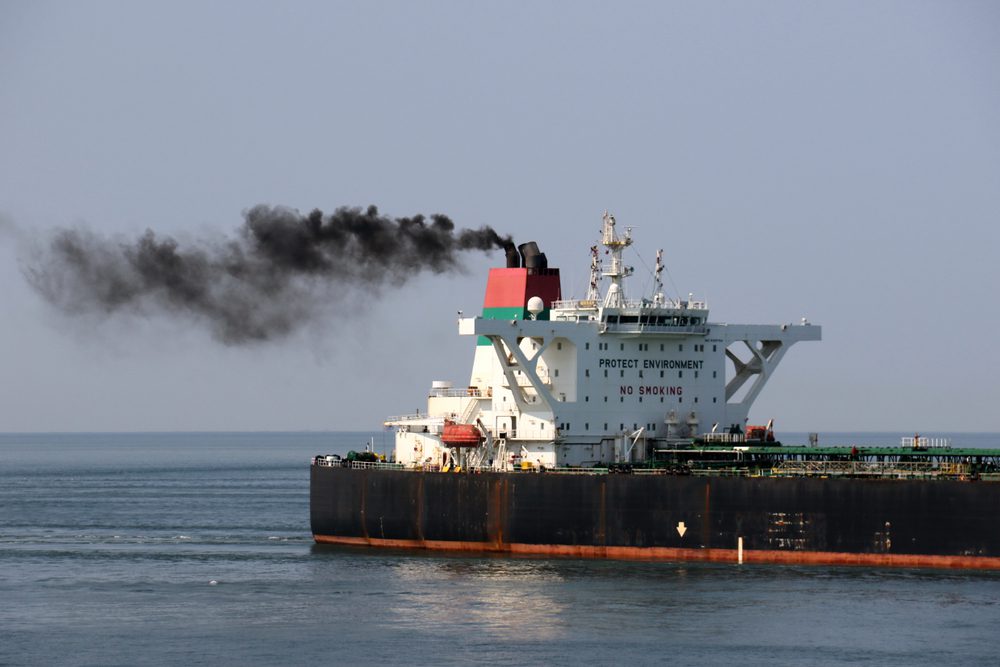MartinLueke / Shutterstock.com
By Mike Wackett (The Loadstar) – Growing safety concerns around the IMO’s 0.5% sulphur cap on marine fuels has led to talk of a period of “permitted noncompliance” following the 1 January implementation.
In addition, Indonesia has announced that, because of the threat of an increase in prices for consumer goods, it will continue to allow its flag-state vessels to burn 3.5% sulphur content fuel within its coastal waters after 1 January, and until the cost and availability of compliant fuel improves.
And other countries are reported to be considering their options, all of which will send ripples of concern through to the IMO headquarters in London.
Each of the 91 state signatories of the MARPOL Annex V1 regulation is required to enforce the new maximum sulphur content rules within their territorial waters, but some nations are beginning to call for a “soft start” to IMO 2020.
There is some precedent for this: the introduction of the VGM container weighing edict on 1 July 2016 saw some authorities apparently ‘turn a blind eye’ to noncompliance in the early confused weeks of the regulation, in order to avoid supply chain chaos at ports.
With just five months to go before IMO 2020, there is much to do for ships not fitted with exhaust gas cleaning scrubber systems, which allow the vessels to continue to consume heavy fuel oil (HFO) in all but the SECA regions of the world.
In practice, shipowners are unlikely to want to begin a switchover to the LSFO (low-sulphur fuel oil) until around two months before IMO 2020, due to the higher cost of the compliant fuels, leaving little time to address any issues from the blended fuels and vessel performance.
Marine insurance provider Skuld is one of several companies to issue guidance on the tank and pipe cleaning required to ensure that compliant fuel is not contaminated by HFO residue.
“In addition to cleaning the tanks, all of the pipework in the fuel oil service system needs to be flushed thoroughly. Overall it may take up to two weeks per vessel,” it warned. It added that the time needed to drain the tanks of HFO must be taken into account when estimating the overall time required for the operation.
“The sulphur 2020 cap will impact the fuel supply chain, procurement and operational safeguards. The impact is happening now, so act on any identified gaps, for example, crew training in fuel management,” said Skuld.
Another issue recently highlighted to The Loadstar by analysts at Platts S&P Global is that variations in sulphur-compliant fuel around the world could also cause problems for vessel engines.
“While the rules stipulate the content can have maximum 0.5% sulphur content, fuel experts has established that you cannot mix a fuel from one provider in one part of the world that has for example 0.49% content and from another, in another bunker port that has 0.45% content – the scientific term for what that mix creates is ‘sludge’!” one said.
Meanwhile, although MSC has the most extensive scrubber programme of the major ocean carriers, with around 250 of its approximately 540 vessel fleet expected to have scrubber systems installed, in percentage terms Evergreen is the highest.
According to Alphaliner the Taiwanese carrier has 140 of its 208-strong fleet stemmed for scrubber installation and therefore able to consume HFO.
MSC and Evergreen are among the carriers that are banking on the premium for LSFO remaining at around 50% above HFO thus ensuring that their ship operating costs are lower than their compliant fuel-burning rivals.
The Loadstar is fast becoming known at the highest levels of logistics and supply chain management as one of the best sources of influential analysis and commentary.
Check them out at TheLoadstar.co.uk, or find them on Facebook and Twitter.

 Join The Club
Join The Club











